How to choose passive speakers?
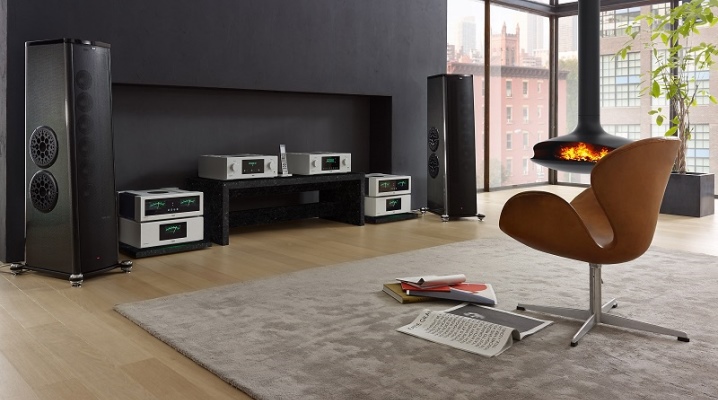
Speaker systems are divided into two main types: active and passive. The main difference between them is the presence of a built-in amplifier in active speakers and the absence of one in passive ones. Each has its own advantages and disadvantages. Let's talk about passive acoustics.

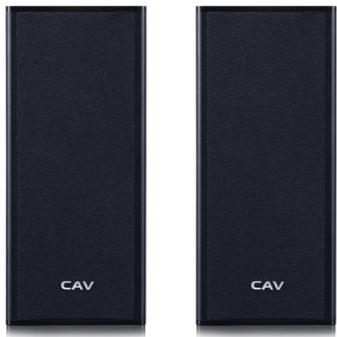
What does it mean?
Passive speakers do not have a built-in amplifier. This means that the speaker system will have to be assembled from several units, which is not always possible for a beginner lover of good sound or a layman to do. In order for the speakers to "play", a minimum set of devices is required: a sound amplifier and commutation (special acoustic wires). Typical passive speakers can be seen in a set with a music center: most often such a set is the player itself, a small amplifier and speakers separately connected to it via ordinary copper wires. Also passive acoustics is used on concert stages. The very essence of such systems is in its simplicity, as a result, in reliability and the possibility of more fine tuning.
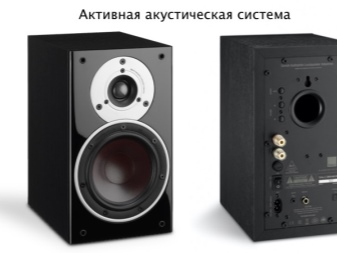

An amplifier is selected for the speakers (the variety of which is amazing), in some cases a crossover is purchased (to separate the entire sound stream into separate frequencies), as well as acoustic wires and cables, depending on the conditions. All this is an interesting and creative process. All speakers sound differently: there is an opinion that passive acoustics (especially in a wooden case) sound nicer and softer than active speakers in plastic, with a digital amplifier clearly matched to them, cannot boast.
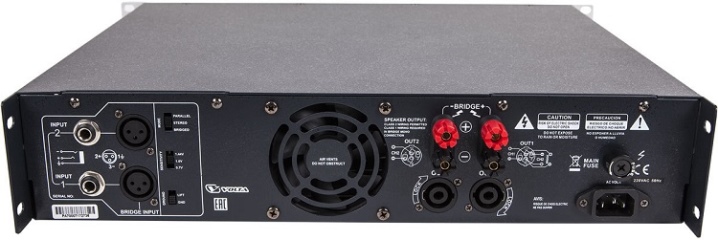
Advantages and disadvantages
The indisputable advantage of passive sound systems is simplicity. The column itself is:
- body - wooden or plastic;
- speaker - main low-frequency;
- high-frequency speaker of the "horn" type;
- crossover filter - distributes the sound signal to the speakers themselves.
The need to choose an amplifier can be treated in different ways, but there are a number of important advantages: you can choose an amplifier of the appropriate power with a margin corresponding to the load (which is an important factor in cases where powerful speakers are used), select the required number of channels and the method of fixing the cable in it (it is preferable screw terminals).
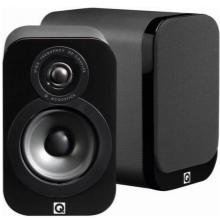
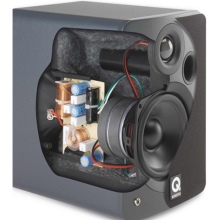
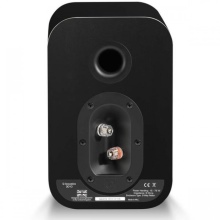
The advantage can be safely called the price: passive acoustics are cheaper than active speakers, for the difference in price you can afford an amplifier. For money, for which you can buy only active speakers, you can assemble a whole sound system that can be modified and improved over time (which can become an interesting hobby and play an important role in choosing for someone).
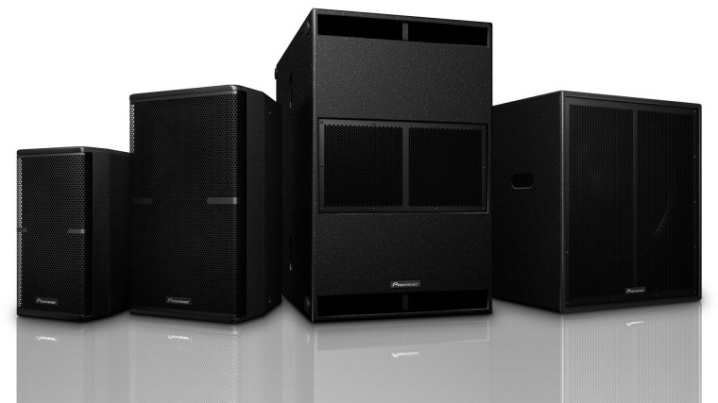
Now about the disadvantages. The main disadvantages of passive loudspeakers are usually size and weight: such speakers are rarely placed on a table or shelf, more often they are attached to the wall or installed on the floor, and sometimes they are placed on racks. Accompanying switching also takes place: amplifier and cables, other equipment, if any. All of these can become serious disadvantages if the installation is planned in small spaces.
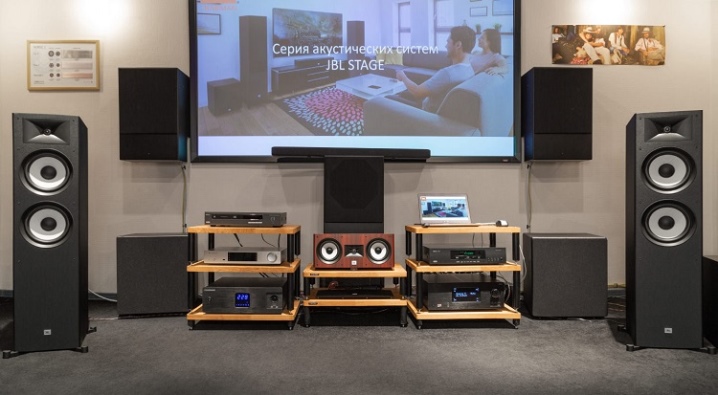
Species overview
There are several basic types of columns for their intended purpose. Depending on the operating conditions, the speakers are chosen not only by the power parameters, but also by the design-purpose as such. Let's consider the main ones.Shelf speakers are designed to be placed on a table, shelf, or other horizontal surface. These speakers can be placed on a TV table, computer desk, or on a shelf that is bolted to the wall. This option will be an excellent solution for a small room: several speakers can be used and it is quite effective to sound the space.
Floor standing speakers are installed on the floor: they usually have a vertical, multi-way configuration. The acoustics are also selected based on power, room volume and installation conditions. These speakers can be positioned along the edges of the TV - you get a well-voiced home theater.
Floor acoustics can be placed in the corners of a small room, it does not take up much space and will sound great.
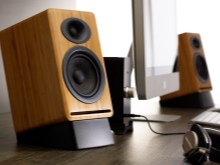


Concert acoustics is a whole complex of equipment and switching, which includes not only speakers (often multi-band) and an amplifier: usually the set includes separate low-frequency speakers (subwoofers), a crossover and other interesting devices. All this is intended to provide high-quality sound for concert venues and halls - it rarely falls into the hands of ordinary people, such acoustic systems are not used at home.
Distinguish between "home" acoustics and "professional" (variety). These systems are designed for different purposes. Professional systems sound large halls, grounds, discos and stadiums: the systems produce high-quality sound and create high sound pressure. Professional speakers differ from concert ones in the following nuances:
- the use of high efficiency speakers in the design;
- controllable sound directivity angle.
A home passive audio system can perform various functions: a bookshelf computer audio system or a home theater sound system. High-quality sound creates the most pleasant atmosphere in the house.
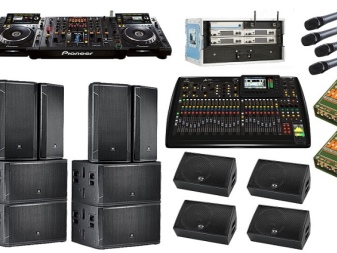
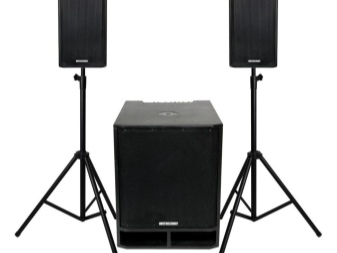
How to connect?
When connecting speakers to a sound amplifier, pay attention to the specifications of the kit, such as power and impedance. Music will sound fully only in the case of correctly selected characteristics: the power of the amplifier should be equal to the power of the acoustics or slightly more powerful. In this case, the amplifier should not be "overclocked" at full power: the limit can be defined as about 90% of its power - this will save acoustics and will not distort the sound. For most of the operating time, full load is usually not allowed.
It is important to consider resistance when connecting. Usually amplifiers are adapted for impedance of 2, 4 and 8 ohms. Resistances of 8 and 4 ohms are more common. To operate speakers with an impedance of 2 ohms, you will need a 6 kW amplifier, which is a lot of power and is not often found among ordinary people. The greater the load, the more chances you will encounter power losses at best.
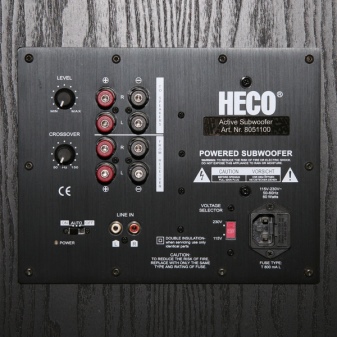
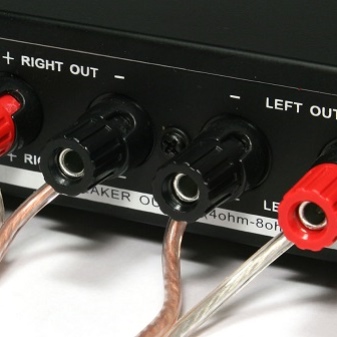
There are two main ways to connect acoustics to an amplifier - parallel and serial connection. In each individual case, the resistance behaves differently: in the serial - it adds up, in the parallel - it falls. This is important to consider when you need to connect more than two speakers. You also need to take into account the resistance of the cable, this is especially important with its large length: the smaller the cross-section of the core (thickness), the greater the resistance. Connecting speakers with thin wires over a long distance, you need to understand that the signal strength will drop.
If the speakers are connected to screw terminals, it is important to observe the phasing: connect the contacts to the appropriate "-" and "+". For convenience, wires and contacts are colored black and red, respectively, "-" and "+".
If the phasing is not observed, sound reproduction is disturbed: the diffusers move in the opposite direction. This is especially noticeable when the skew occurred only on one of the two speakers.

In sound systems, the following connectors and connector types are commonly used: Speakon, Jack (stereo / mono), XLR and screw terminals. Screw terminals and other terminal clamps are more common on older amplifiers or hobbyists, and jack connections are also common. Speakons (usually 4-pin) are used in two-way speaker systems to connect powerful speakers with large cross-section speaker cables. Suppose the task is to connect the assembled speaker system to a computer. The system consists of a sound amplifier and a set of speakers. Let's consider the simplest algorithm using an example: computer, amplifier, 2 or 4 speakers (satellite).
You can make contact between the computer and the sound system using a jack-rca * 2 cable, it is a mini Jack on one end and two "tulips" on the other. Mini Jack connects to the computer - to the headphone jack. Tulips are connected to the amplifier - to the line connector, according to the colors. We connect the speakers with the amplifier by means of a copper two-core cable, fixing it to the screw terminals according to the phasing. Then we turn on the amplifier and set the sound level and other settings.
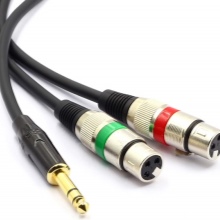
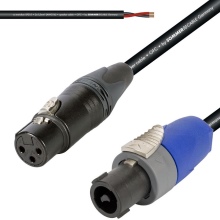
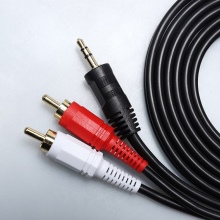
Sound waves are reflected from all hard surfaces: windows, cabinets, furniture and frames. When properly positioned in space, the system should sound good. For this, the speakers are installed according to their intended purpose away from the listener and reflective surfaces. The sound will be especially good if in such a room the speakers are placed on a subdued surface such as a carpet. In this case, the sound will not bounce off the walls so much and be distorted.
If all these numerous conditions are met, a passive acoustic setup will bring a lot of pleasant emotions.
Plunging into the world of sound, you can lose your peace for a long time and really get carried away with the topic of acoustics, constantly experimenting with all the variety of techniques offered by the sound industry.
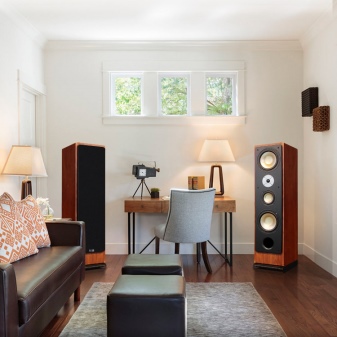
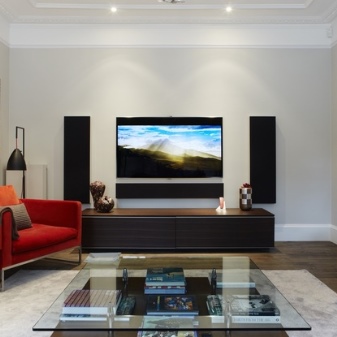
In the next video you will find a review of Edifier P12 passive bookshelf speakers.













The comment was sent successfully.